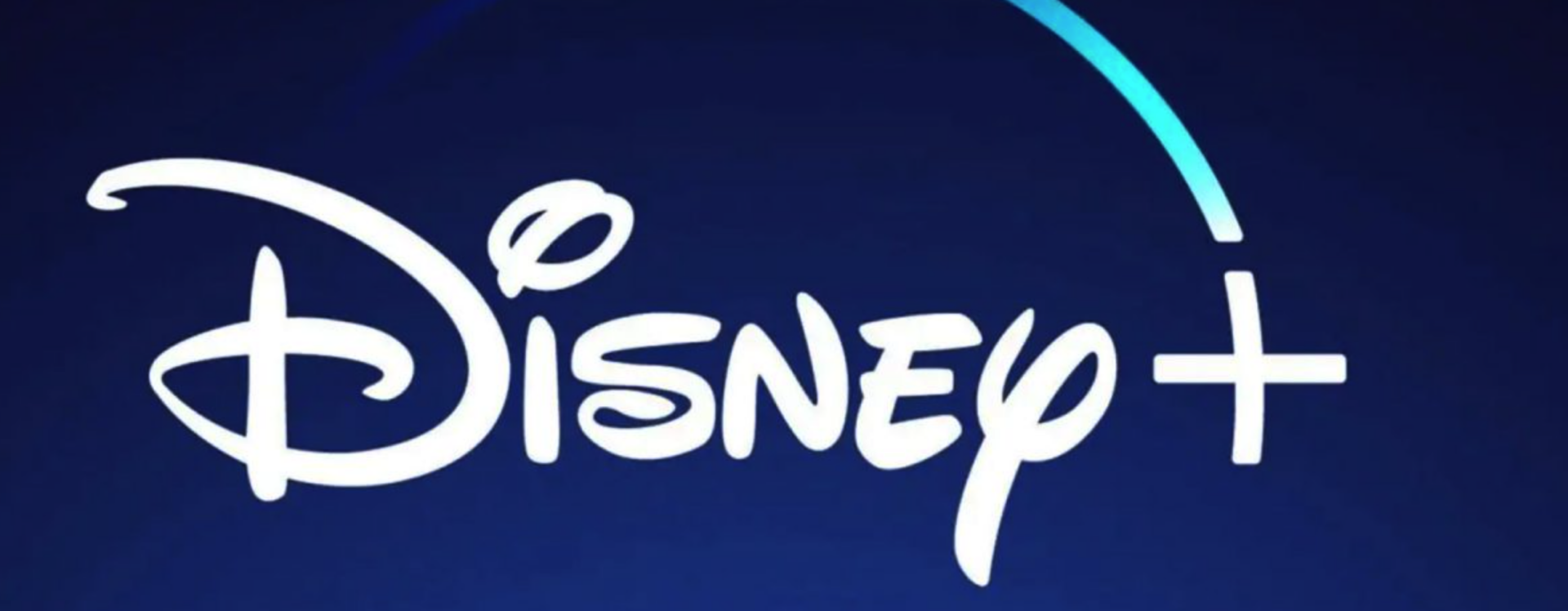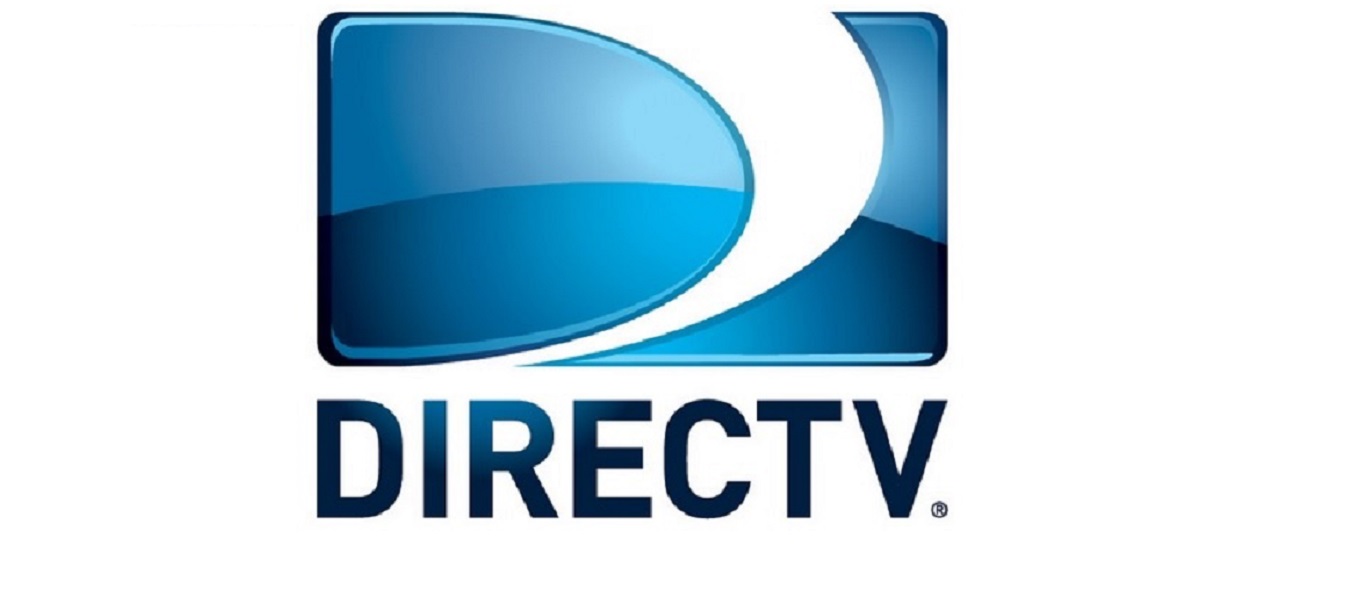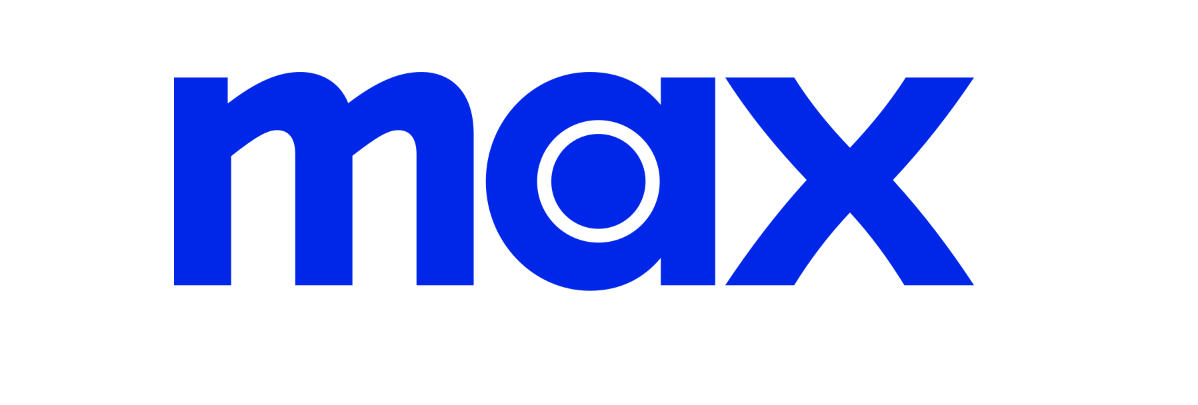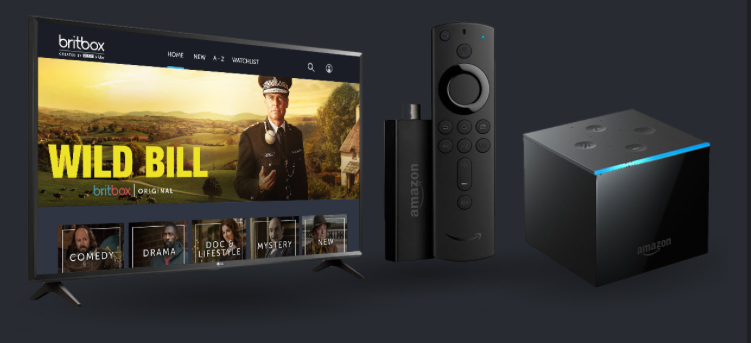Disney is in a very good place right now. With an ever-growing base of customers for Disney+, Hulu, and ESPN+ its streaming strategy is coming into focus. Yes ESPN has had a tough year, but this is the state of things in the sports world right now. Ratings are down, schedules are all over the place, and so on. ESPN’s problems are probably far from over. But Disney’s strategy of preparing for the emerging direct to customer marketplace is rolling right along.
Disney owns a broadcast Network (ABC) Multiple cable channels (Disney Channel, Disney XD, Freeform, and more), and the three aforementioned streaming services that it currently offers both separately and in a bundle. What part of the streaming/new media approaches is Disney missing out on? As I see it there are two. Disney has no entry in the “FASTS” marketplace. And it has no announced strategy on the emerging ATSC 3.0 world that could change broadcasting in its wake.
What are FASTS? FASTS stands for Free Ad-Supported Streaming Service. There are some notable examples of services like this at the moment. ViacomCBS has a very popular one called Pluto TV that you may have heard of, and Comcast’s XUMO. Neither were original creations but were acquired after each service showed their potential. Both are considered “live Streaming” services because they mix live free streams from OTA and Streaming services in with curated programming from numerous partners. Another type of FAST is what we see with Peacock and Tubi TV which are owned by Comcast and Fox respectively. These are both essentially on-demand services with Peacock also featuring some select live streaming via a special section of built-in live channels much like those mentioned above.
What these services allow the major companies that own them to do is anchor a place in the streaming world without being overly branded. They also allow the companies to market programming from their vast libraries to new and old audiences for free in a way that makes money without having to come to syndication agreements. Even more, it means that shows that only aired for 2 seasons and do not qualify for syndication have a place to be found again even presenting the companies with a way to gauge interest in a revival.
Disney of course already has a way to sell its programming from its vault. Disney+ and Hulu have the content from Disney’s many brands available. But there is a cap to all of this. Not everyone will sign up for their services even if they do like what they hear about Baby Yoda or anything else on the service. But they sure might check out shows on a free commercially supported app. Even more, the older content that might be getting lost on the service could be highlighted on a Disney commercially supported app. There could be a sports highlights channel that pulls together great moments in sports from ESPN’s library, a classic Animal movie channel full of Disney’s creature features, even a Magical World of Disney channel. The possibilities are endless. It could and certainly should keep Disney+ exclusives behind the paywall. It can’t just give away a brand new show. But by mixing up older titles and working in some of the types of content that are already found on FASTS like Stand up comedy, Music and news Disney can build a compelling product.
The second move would be harder to calculate. ATSC 3.0, which is also nicknamed Nex Gen TV is what will be the new standard for broadcast TV. Once broadcasters across the country adopt the new standard it will be possible to send different kinds of signals to people’s homes by combining internet-based content and what people think of as old-fashioned TV signals. This could be another place for Disney to focus and by the looks of it, they may already be doing so. ABC-owned TV stations are highlighted in the marketing materials for the Nex Gen TV News event that will be taking place in early 2021. How might Disney utilize the new technology? There is no telling but there are a lot of possibilities all the way up to offering a pay-TV service over the ATSC 3.0 band. It would even be technically possible to offer ESPN via ATSC 3.0 though I do not know how their rights are set up.
The current model of TV distribution is changing rapidly and being nimble is key. It is worth watching how Disney and others navigate the emerging spaces.






